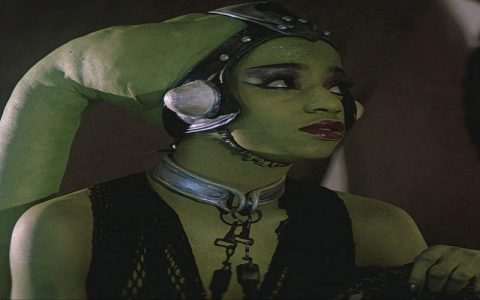Baldness in character design is a deliberate choice, often conveying specific traits and contributing significantly to a character's visual and narrative impact. It transcends a simple lack of hair, functioning as a powerful visual signifier.
Symbolic Connotations
The absence of hair can carry diverse symbolic meanings, often shaping audience perception:

- Authority and Intellect: Frequently associated with figures of wisdom, leadership, or high intelligence. The exposed scalp can suggest a mind unencumbered or a seasoned veteran.
- Power and Menace: Often employed for villains or imposing figures, baldness can create a sense of intimidation or raw, primal strength. It can also signify a rejection of societal norms.
- Purity and Discipline: In certain contexts, such as monks or spiritual leaders, baldness symbolizes detachment, discipline, and enlightenment.
- Practicality and Efficiency: For military personnel or no-nonsense characters, baldness can indicate a focus on function over form or a life of rigorous training.
- Transformation or Vulnerability: Sometimes, baldness can signify a profound change, a shedding of a past identity, or a state of vulnerability due to illness or extreme circumstances.
Visual Design Impact
From a visual standpoint, baldness significantly influences a character's appearance:
- Emphasis on Facial Features: Without hair to frame the face, attention is drawn directly to eyes, expressions, and cranial structure, allowing for more nuanced non-verbal communication.
- Distinctive Silhouette: A bald head creates a clean, often striking silhouette that can make a character instantly recognizable and memorable.
- Conveying Age and Experience: While not universally indicative of age, it can be used to suggest maturity, world-weariness, or extensive experience.
- Amplifying Physicality: In muscular or physically imposing characters, baldness can accentuate their physique and add to an impression of raw power or toughness.
Narrative Functions
Bald characters often fulfill specific archetypal roles within a narrative, leveraging their visual and symbolic weight:
- The Mentor: Wise, often older figures guiding protagonists. Their baldness can underscore their experience and intellectual authority.
- The Antagonist: Masterminds or physically imposing villains whose baldness contributes to their intimidating presence or cold, calculating nature.
- The Stoic Hero/Anti-Hero: Action heroes or tough individuals where baldness emphasizes their resilience, no-nonsense attitude, or raw power.
- The Ascetic/Spiritual Guide: Characters who have renounced worldly attachments, with baldness signifying their spiritual journey or discipline.
Ultimately, the interpretation of a bald character is shaped by the interplay of this trait with other design elements, costume, behavior, and the overall narrative context. It remains a versatile and potent tool for character artists and writers seeking to convey specific impressions quickly and effectively.










